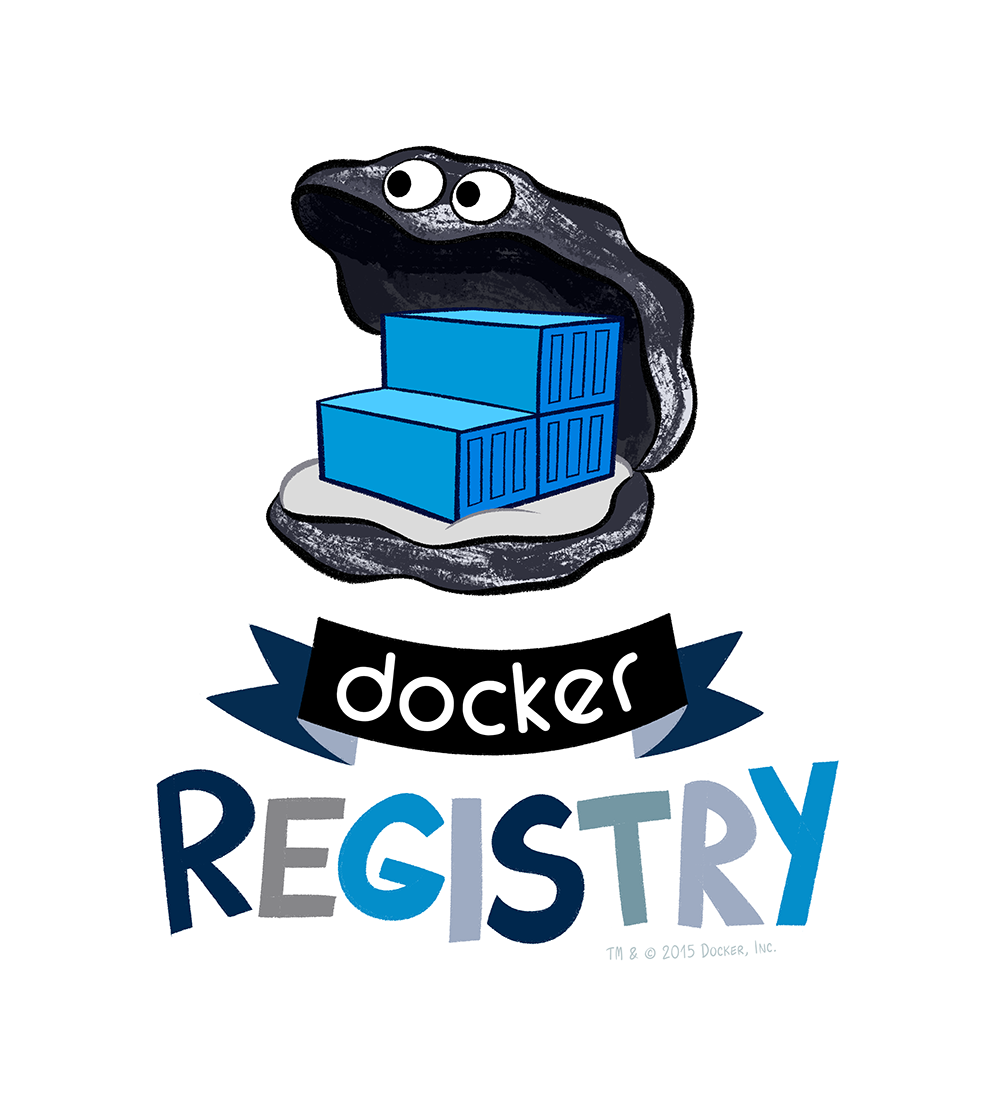The open source project Docker Registry CLI is released by MorningSpace Studio! This post tells you more advanced use.

Copy more images
Let’s copy more images to the registry. reg-cli cp can copy multiple images at a time. Just append the images after the command and separate them by space.
bash-4.4# reg-cli cp morningspace/docker-registry-cli morningspace/elastic-shell mr.io
This will copy both docker-registry-cli and elastic-shell images to mr.io. Apply the same pattern to reg-cli ls, we can list tags for multiple images.
bash-4.4# reg-cli ls mr.io/docker-registry-cli mr.io/elastic-shell
Of course you can use -ld and -lm options to list digests and manifests for these images.
Copy in batch using .list file
reg-cli cp can also support to read from configuration files. We can use the registry name as the file name and .list as the extension name, add the name of each image that you want to copy to the file, one image per line. Then run reg-cli cp, and specify the registry name. It will find the corresponding .list file in current folder by using the registry name and read the images from the file one by one, then copy them to the target registry.
There are some examples distributed with the cli on the Git repository at the folder /samples/registries. Let’s take morningspace.list as example, it includes some images where the names are all started with morningspace. These images are all from morningspace.
morningspace/lab-web
morningspace/lab-lb
morningspace/lab-git-remote
morningspace/lab-git-local
morningspace/elastic-shell
morningspace/docker-registry-cli
Move to that folder, and run reg-cli cp. That will copy all these images from Docker Hub to mr.io.
Moreover, .list files can be nested. For example, let’s check all.list. It has two entries, where each one references the corresponding .list file stored in the same folder.
k8s.gcr.io
morningspace
Let’s run the reg-cli cp for all.
bash-4.4# reg-cli cp all mr.io
When finished, let’s run reg-cli ls to list the catalog of mr.io.
bash-4.4# reg-cli ls mr.io
mr.io
---------------------------------------
coredns
docker-registry-cli
elastic-shell
etcd
hyperkube
kubernetes-dashboard-amd64
lab-git-local
lab-git-remote
lab-lb
lab-web
pause
You will see images that are configured in the two .list files are all copied to mr.io.
Again, we can use reg-cli ls with multiple images to list tags for these images, use -ld to list digests, and use -lm to list manifests.
We can even apply these options to the whole registry, to list all images, their tags, digests and manifests. For example, let’s use -lt to list tags for all images, and append less as it may be too tedious to read the whole bunch of these contents.
bash-4.4# reg-cli ls mr.io -lt
mr.io/coredns
---------------------------------------
1.2.6
mr.io/docker-registry-cli
---------------------------------------
latest
mr.io/elastic-shell
---------------------------------------
latest
v0.3
...
As you can see, we only used two commands with just a few options. But they can be combined in many different ways to do a lot of things.
Remove images or tags
Now, let’s remove some images from the registry. We can run reg-cli rm to remove just one tag for an image.
bash-4.4# reg-cli rm mr.io/hyperkube:v1.13.0
reg-cli:(INFO) going to remove hyperkube:v1.13.0
Are you sure? [y/N] y
reg-cli:(INFO) digest: sha256:8ef688eb5bb739e7f22502e15b78eb6bd684d2957dfda7c64638cec0e9eacb3d
reg-cli:(INFO) ✔ hyperkube:v1.13.0 removed
The tag is removed after we input y to confirm.
Also, we can remove multiple tags for the same image in one line.
bash-4.4# reg-cli rm mr.io/hyperkube:v1.13.0,v1.12.1
If there’s no tag appended, it will remove all tags for that image.
bash-4.4# reg-cli rm mr.io/hyperkube
And, if you want to enforce the removal, you can use -f option.
bash-4.4# reg-cli rm mr.io/hyperkube:v1.13.0,v1.12.1 -f
(The end)
Have fun!
MorningSpace Studio

留下评论
您的电子邮箱地址并不会被展示。请填写标记为必须的字段。 *